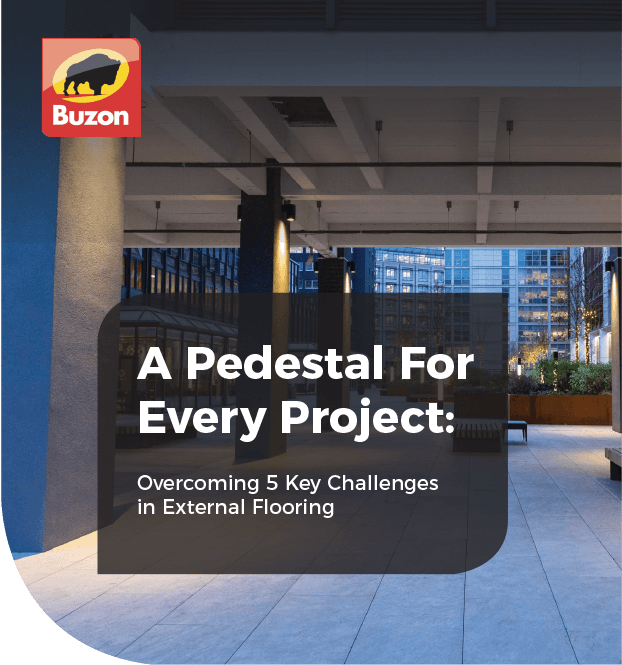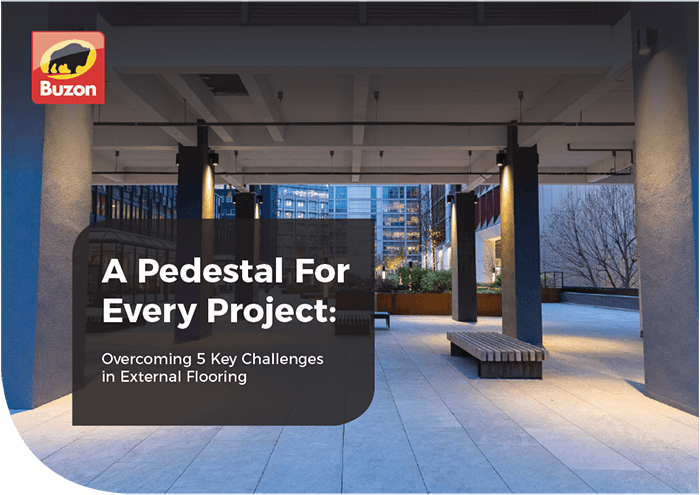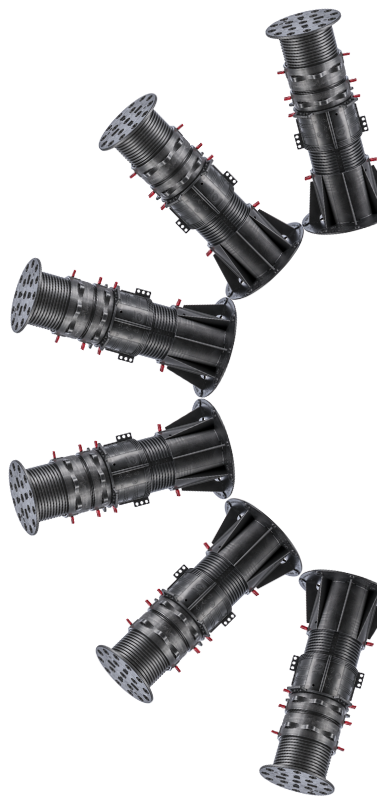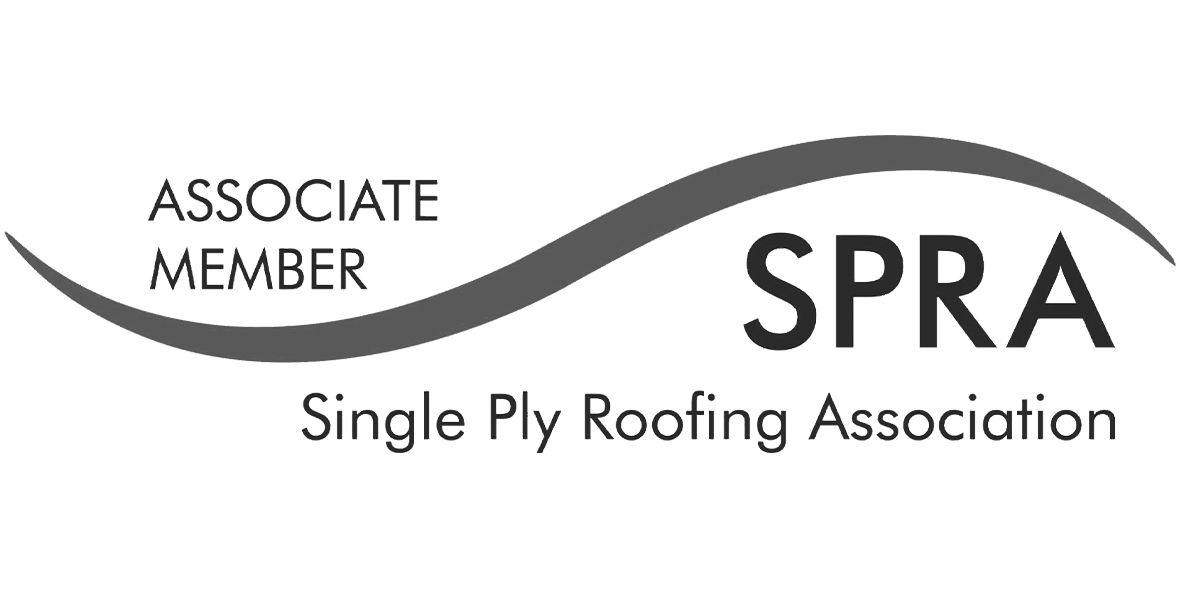Retrofit, Renovation, Refurbishment – What’s the Difference?
When it comes to making improvements to a commercial building or residential property, you’ll often hear the terms, retrofit, renovate, or refurbish – but what do they mean? The three terms are often interchangeable, however, it’s important to understand the differences so you know exactly what construction work is needed for a particular building.
Defining the basics
Even though there is some crossover in the activities involved, there are some fundamental differences between each of them. Let’s start with retrofit.
Retrofitting involves updating or incorporating new systems or technologies that were not part of the original design of the building – usually to make it more energy efficient. Some of the ways this can be achieved is by:
- Installing better insulation in walls or in ageing roofs
- Replacing gas appliances with electric
- Adding external cladding
- Improving ventilation
- Installing smart technology
Retrofitting has increased in popularity in recent years, which is in line with the national strategy to decarbonise the current building stock. The UK has some of the oldest housing stock in western Europe, according to the UK Green Building Council (UKGBC), 29 million homes will need to be retrofitted before 2050 in order to meet the net zero target. Retrofitting non-domestic buildings is a priority as well. The operation of commercial buildings is responsible for 6.6% of total global greenhouse gas emissions and adding features such as green roofs can help make the building more energy efficient and comply with national strategies such as Biodiversity Net Gain.
So, what about renovations? Renovations mean making changes to improve or modernise a room, house, or building. Renovations are particularly popular with UK homeowners – the average spend on renovations increased by 13% from 2020-2023. Typically, renovations can be categorised as structural and cosmetic. Structural renovations involve making physical changes, whereas cosmetic renovations are more about updating the aesthetics. Examples of structural and cosmetic renovations include:
- Adding extensions
- Loft extensions
- Re-designing rooftop terraces
- Adding new flooring
- Changing the lighting landscape
- Changing the fixtures
Finally, what do we mean by refurbishments? Much of the work involved in refurbishments is similar to cosmetic renovations. Refurbishments usually entails returning a particular space or building to its original condition. These works usually imply changes to the interior of a building without the need for major construction work on the exterior, and typically involve:
- Decorating
- Cleaning
- Changing the fixtures or fittings
- Plastering
Working your way from the top
Whatever your objective, whether you plan to retrofit, renovate or refurbish a building, one area you may want to look at is roofing and whether it can or should be adapted to make better use of it. For example, a flat roof of an office block could be repurposed to provide more space for a new communal area or transformed into a green roof to improve the building’s overall energy efficiency and biodiversity in the local area.
Of course, there needs to be a solid, stable foundation, which can be achieved by having a raised floor. This will hide any unsightly elements or components on your roof while providing a level surface. But what pedestal system should you use? There is a lot to consider from Building Safety Regulations to sustainabilty, so it’s important the system you use meets specific standards.
Making the most of it with Buzon pedestals
Engineered for durability and stability, the versatile Buzon pedestal range provides architects and contractors, the freedom to work on any retrofit, renovation or refurbishment project.
If you want to make use of underutilised flat roof, then DPH range for example, is an ideal solution. Thanks to its built-in slope correction, the range is ideal for creating a level surface on any project involving falls.
If improving a building’s energy efficiency and performance is on top of the agenda, then Buzon pedestals can meet that goal. Three of our popular polypropylene pedestal products are Cradle To Cradle Certified at Bronze Level and can be used as part of BROOF(t4) systems. Building compliance is an essential focus for architects and specifiers and that whatever system is used for the raised floor, it needs to meet the required fire performance testing rating. BROOF (t4) is the highest rating for roofs and terraces, and acceptable on any building. With non-combustible solutions also available, we have a fire-rated solution for every project.
Whether you intend to retrofit, renovate or refurb, Buzon’s extensive range of commercial-grade pedestals and accessories will give you all the support you need.
If you’re ready to get moving on your project, give us a call on +44 (0)20 8614 0874 or email info@buzonuk.com.













